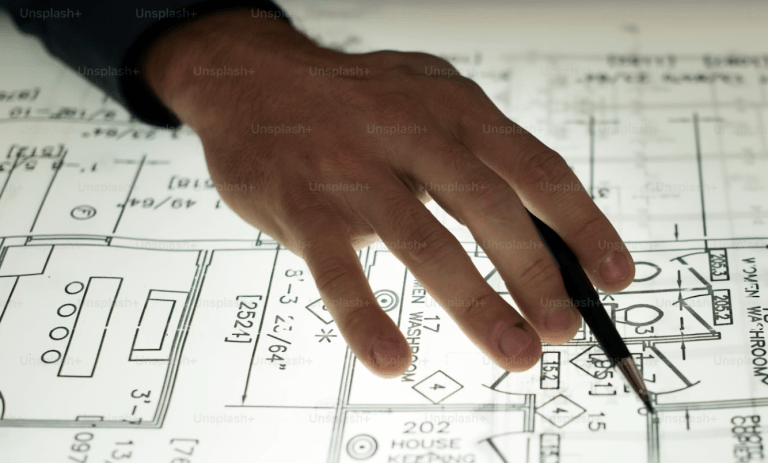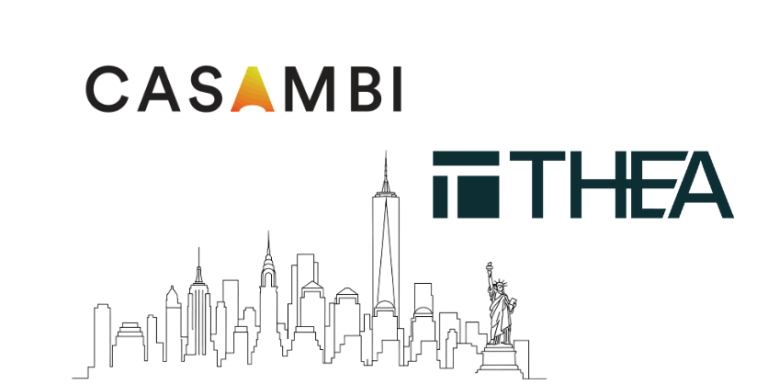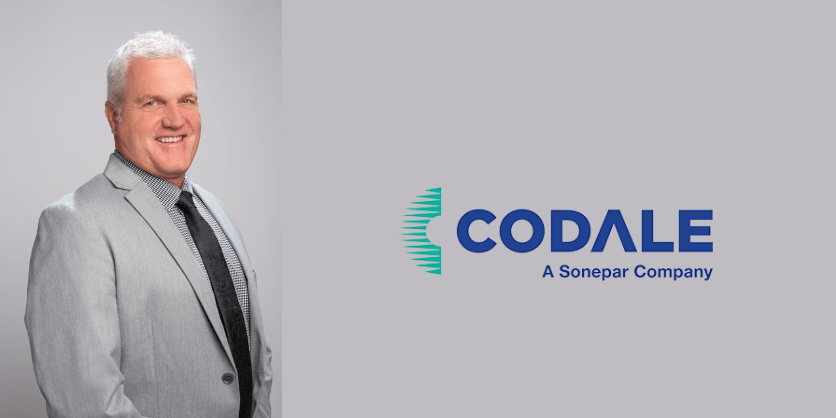Why Innovative Lighting Solutions Are Essential for Modern Data Centers
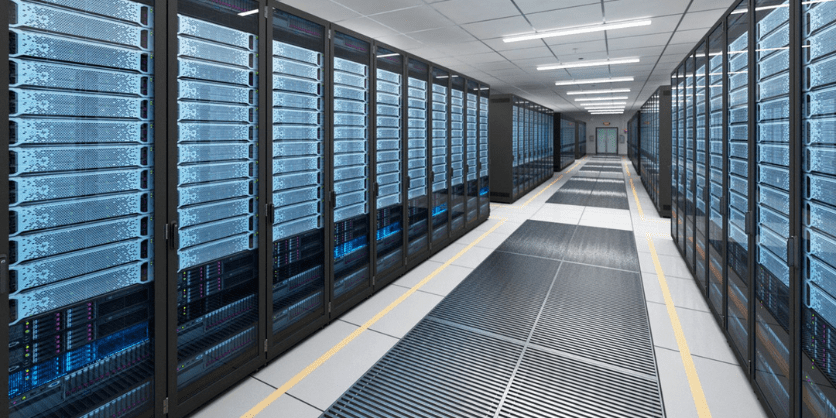
By Sam Rabinowitz, CEO, Lantana LED
As the data center industry heeds the call to rein in carbon emissions and energy usage, the spotlight has been cast everywhere but up — literally to the lights illuminating the buildings. Although lighting makes up 17% of all electricity consumed in U.S. commercial buildings, it’s a largely overlooked aspect of design, which is why it’s time to uncover the hidden energy savings just beyond the glass.
In data centers specifically, lighting accounts for a relatively small percentage of overall power consumption (typically in the neighborhood of 3-5%); however, it’s an easy place to identify energy savings in addition to larger considerations like power and cooling infrastructure. In an individual facility at scale or a scaled data center operations program in particular, the effectiveness of efficient lighting can be significant, making it a key consideration for a facility’s overall energy consumption. Furthermore, lighting in data centers has implications for safety, security, temperature stabilization, maintenance and productivity.
As the industry grapples with curbing energy use, LED lighting is gaining traction due to its energy efficiency, longer lifespan, enhanced safety and other benefits, including temperature stabilization and lower maintenance costs. Let’s take a closer look at why sustainable lighting adoption is a critical need for the digital infrastructure industry as operators seek to shrink their environmental impact through operations.
Why LED Lighting Is Best Positioned for Data Centers
As evidenced by their recent surge in adoption, LED lights are far more energy-efficient than traditional lighting. Studies have shown that using energy-efficient technologies such as LED lighting can reduce data center lighting energy usage by up to 70%, pointing to promising returns for a data center’s overall power usage effectiveness (PUE).
LED lighting is also known to produce significantly less heat than alternative forms of lighting, which is ideal for temperature-sensitive server rooms. Because cooling represents a significant energy draw for data centers, the ability to deploy lighting systems that don’t contribute to hotter server rooms helps operators conserve energy from cooling and reduce associated costs over time.
Energy-efficient LED lighting is a top choice for a variety of other industries and commercial settings and is championed by the U.S. Department of Energy as a highly energy-efficient lighting technology that has the potential to fundamentally change the future of lighting in the United States. The Department projects widespread use in the near future, estimating that by 2035, a majority of lighting installations will use LED technology, resulting in up to 569TWh of energy savings, or roughly the output of 92+ 1,000MW power plants.
In addition to LED lighting’s efficiency benefits, it can have a lasting impact on other aspects of data center operation. Particularly when LED lighting is paired with a distributed low-voltage power system (where a Remote Driver Unit receives power from the main electrical source and converts it into a lower voltage suitable for LED lights), data centers can reap the benefits of evenly distributed lighting, better risk mitigation, easier installation and service, and enhanced safety. Let’s explore why LED lighting that leverages distributed low-voltage power can be a winning combination for data centers.
● Cost
Quality LED light bulbs last longer, are more durable, and offer comparable or better light quality than other types of lighting at a lower operating cost. In some cases, data centers can reduce the number of fixtures while still maintaining the same illumination levels, as we found in a recent exercise with a colocation data center.
When LED lights are operated using distributed low-voltage power, it also eliminates the need for costly power distribution units and associated infrastructure, thereby reducing capital expenditures. Anecdotally, in a project we recently completed with a major hyperscaler, we helped the customer realize savings of $2 to $5 per square foot on materials and labor. In general, as its name suggests, distributed low-voltage power helps operate the lights at lower voltages, thereby consuming less power and leading to significant cost and energy savings over time.
● Maintenance
Maintenance is another area where LED lighting leveraging distributed low-voltage power provides advantages thanks to a longer lifespan than traditional lighting. According to the U.S. Department of Energy, a quality LED bulb can last three to five times longer than a compact fluorescent lamp (CFL) and 30 times longer than an incandescent bulb. Furthermore, running LEDs on distributed low-voltage power reduces the number of cables required, making it easier to manage and maintain the system. This, in turn, reduces the risk of downtime and improves system efficiency.
This is particularly important as labor shortages continue to affect new data center builds and ongoing data center site maintenance.
According to a recent study, the construction industry faces a shortage of more than half a million workers (546,000). This issue is confounded by an aging workforce and fewer workers entering trade careers. The result? Data center projects take longer to complete just as demand for new facilities is reaching an all-time high. This is a big deal for companies tasked with building massive data center campuses of a million square feet, requiring anywhere from 300 to 500 electricians on-site daily.
Low-voltage technicians provide one path forward. Instead of using highly trained electricians to install a light fixture, low-voltage technicians are capable of the same task at a lower hourly rate with quicker installation times. According to an independent study by Inglett & Stubbs, a premier electrical contractor experienced in digital infrastructure, installing low-voltage LED lighting vs. line voltage lighting in a 40,000-sq.-ft. hyperscale data center saved approximately 1.38 installation hours per fixture, resulting in a total labor time savings of 375 hours.
● Safety
LED lighting run with either distributed low-voltage power or Power over Ethernet (PoE) – which works by transmitting both power and data over a single ethernet cable – offers many safety benefits. LED lights produce less heat, making them cooler and reducing the risk of combustion or burns. They are also constructed from break-resistant materials and do not contain any harmful chemicals. Additionally, using LEDs with either distributed low-voltage power and PoE allows for remote control, enabling workers to maintain and operate the lights from a safe distance, reducing the likelihood of injury from electrical shocks and falls.
As data centers heed the call to take their power consumption more seriously, LED lighting provides an important resource for sustainability gains in previously overlooked areas within their infrastructure. Put simply, LEDs have a significantly longer lifespan than traditional lighting, offer enhanced safety features, and deliver comparable or better light quality than other types of lighting at a lower operating cost.
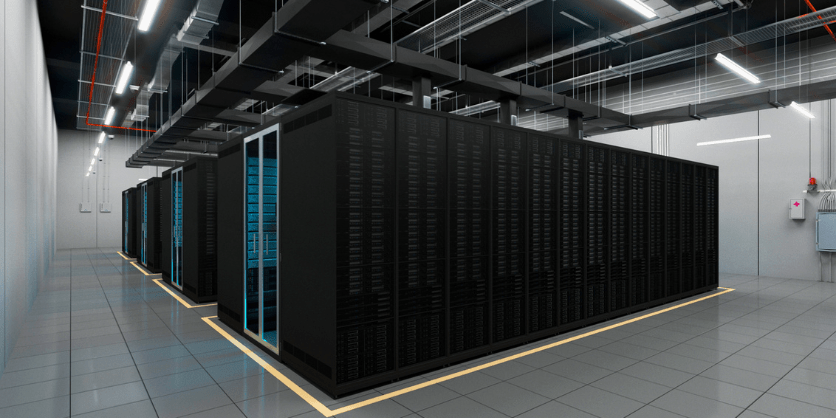
Heeding the Call to Embrace Efficient Lighting
Altogether, adopting LED lighting that leverages distributed low-voltage power systems is not a trend but represents a strategic move toward enhanced operational efficiency and sustainability. The safety benefits of reduced electrical hazards and improved illumination cannot be overstated, while from a maintenance perspective, the longevity and reliability of LED lights translate to lower maintenance costs and less frequent maintenance.
At the heart of the shift to LEDs is sustainability. By seeking better energy efficiency through lighting solutions, data center operators can significantly reduce their power consumption while aligning with global efforts to minimize carbon footprints in the sector as a whole.
Embracing advancements in lighting technology not only supports the immediate needs of data centers but also positions them as leaders in sustainable and forward-thinking practices. As we continue to push toward sustainable data center design and operation, the shift to distributed low-voltage power systems to run LED lighting will make a clear and impactful difference.
Related articles



